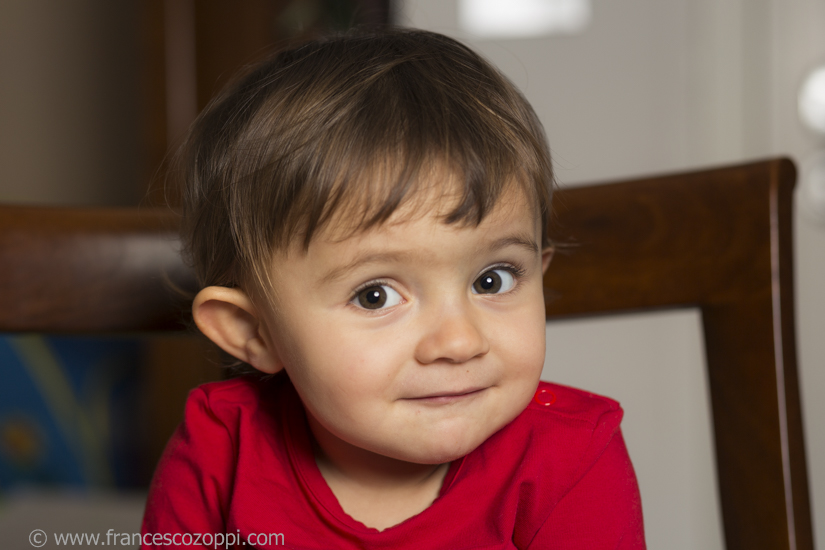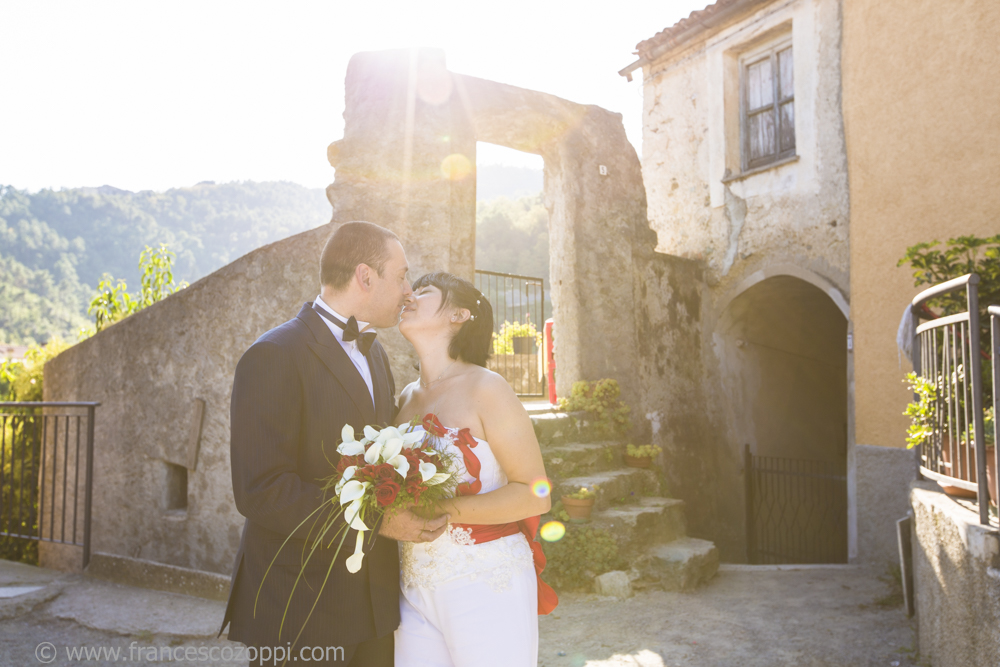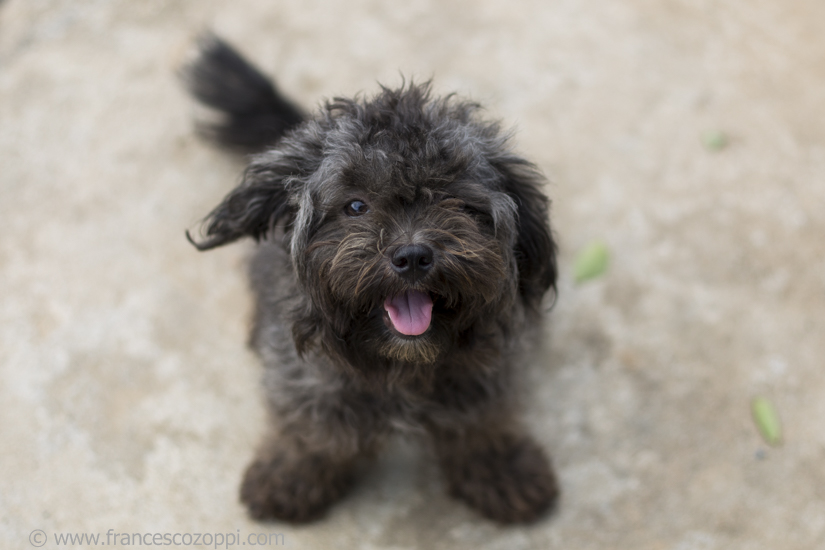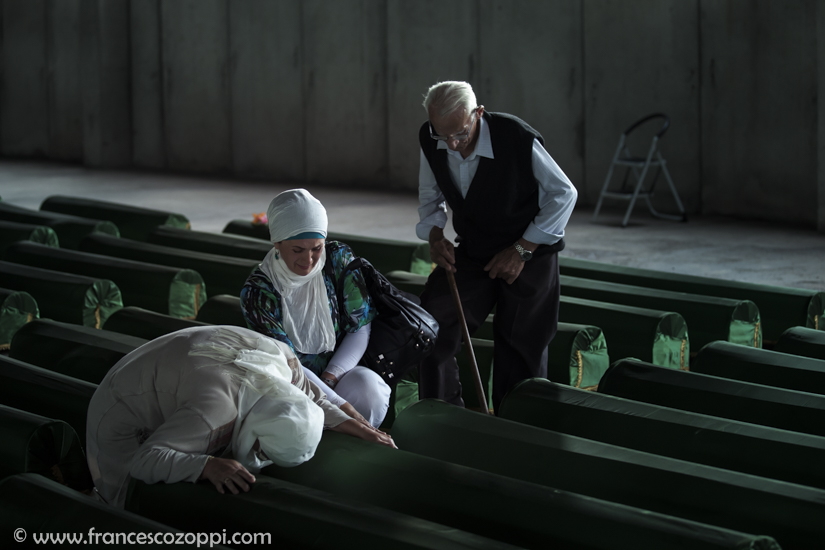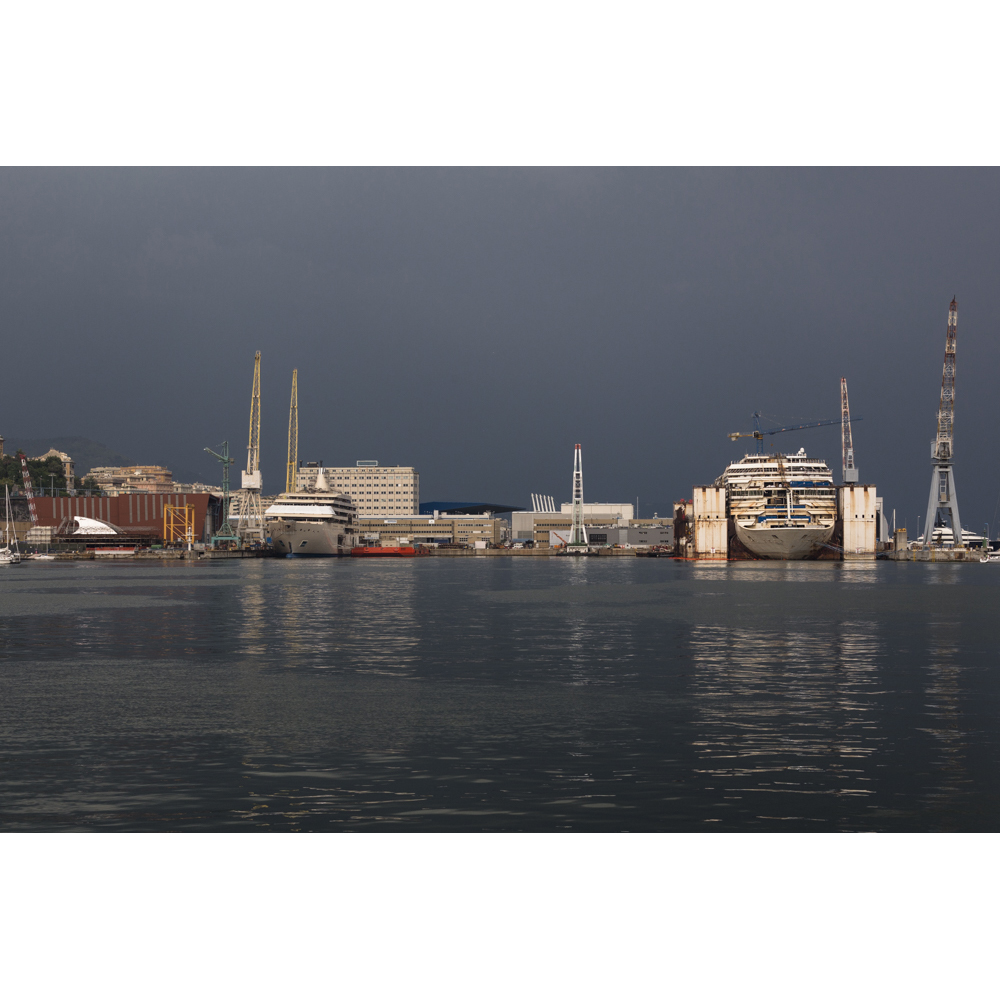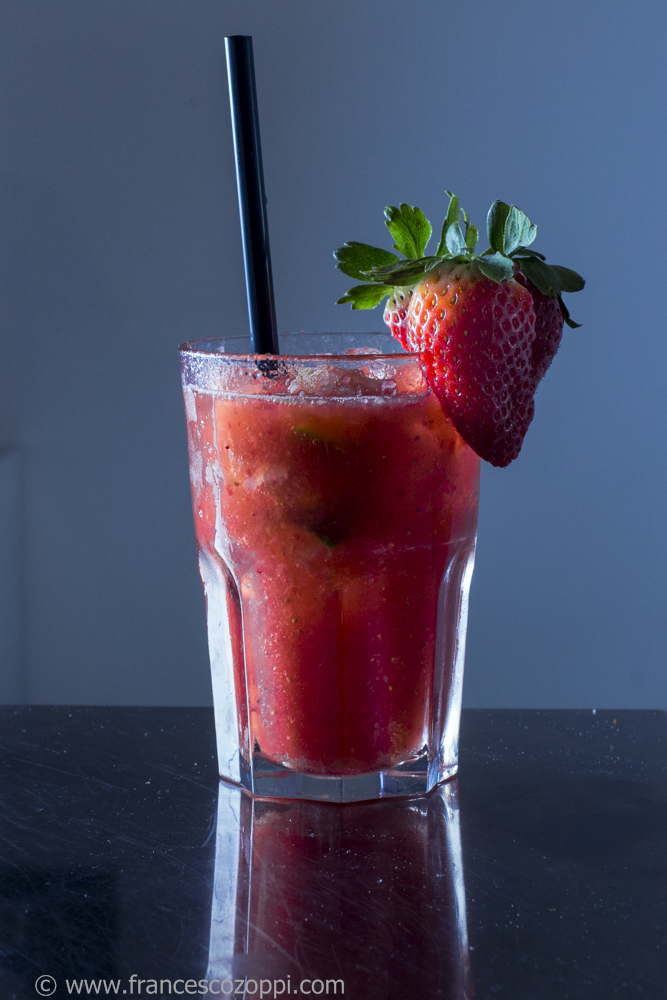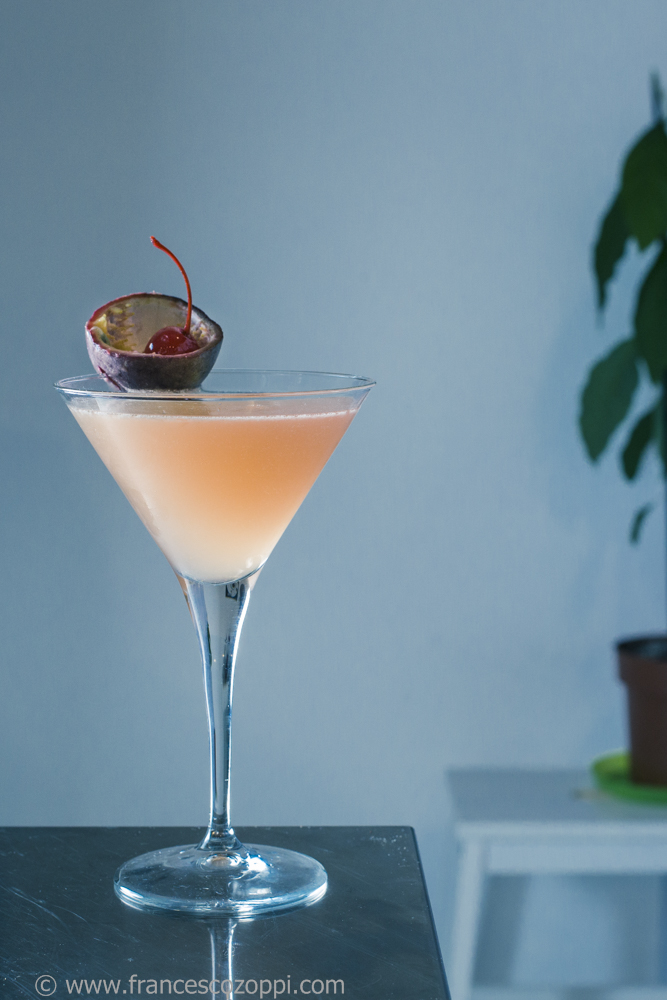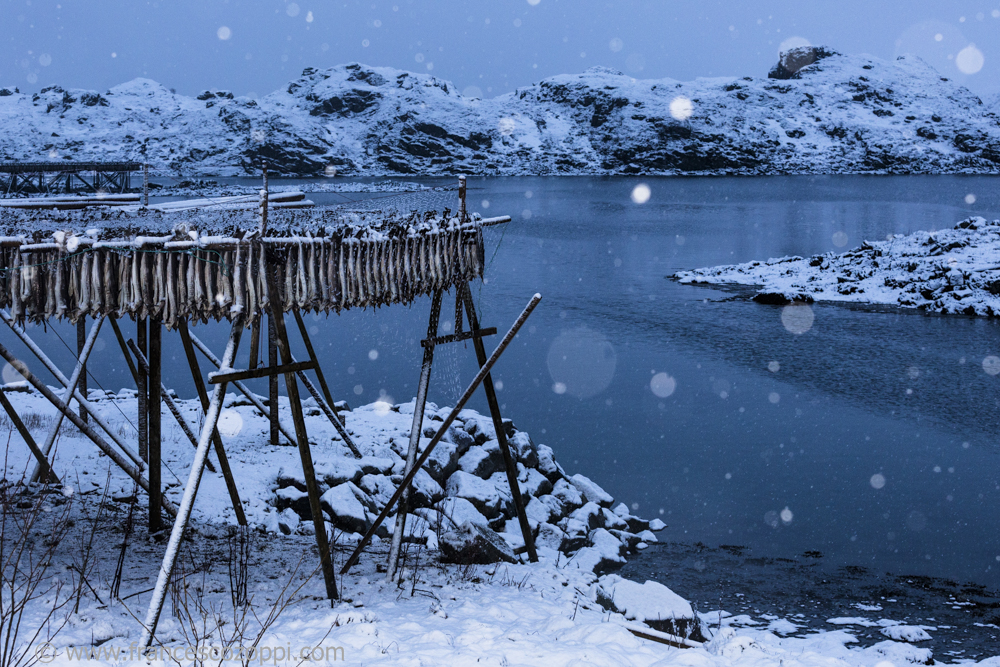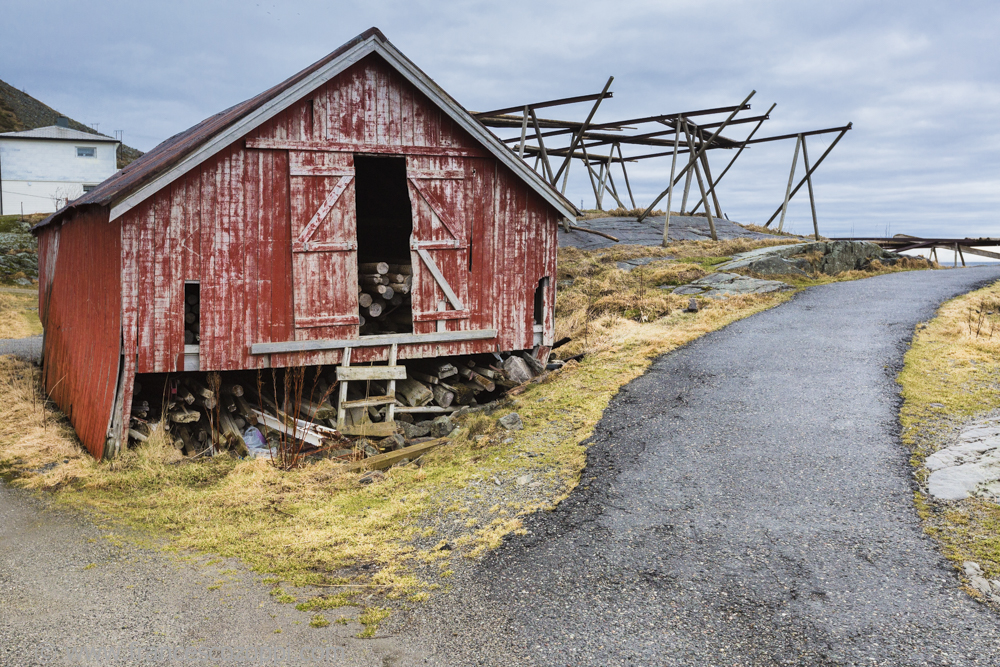A surreal calm surrounds these places, which resist the changes of time, proudly continuing with their antique traditions. There are two protagonists in the thousand year old history of the Valle d’Aosta tundra: man and cow. The ancient practice of fontina cheese making is passed down from father to son, and still today solitary and silent shepherds show the next generation, who are now mainly Moroccan immigrants, consequently rewriting history into a genuine multi-cultural society, translates them into richness for man and his land.
Working days repeat themselves cyclically during the season when the cows are brought out for mountain pasture for a period that lasts from May to September, while during the winter they rest in the cowsheds placed down in the dales, where a milder climate and a forage based on hay ensure that the cheese gets that unique flavor and nutritional characteristics. When the milking of all cows ends it’s the turn of milk processing; the milk is put in huge copper pots and the rennet is used to thicken it. After 45 minutes in this coagulation process the milk changes status and you can see lots of lumps, like the cottage cheese. Then this lumpy milk is warmed up to 40°C until it becomes a oft cream. This soft dough is then transferred in circular containers in order to be put under pressure and release all liquids left. Then the rounds of cheese are aligned on wood boards to mature in big cellars dug in the mountain rocks.
Hundred liters of milk are used to make a round of fontina, creating a tight relationship like the one between man and cow…de la vache à la fontine
409 is the number of bodies recognized and returned by the International Commission on Missing Person (ICMP) during 2013 to the victims’ families of the slaughter that took place in Srebrenica the 11th July 1995 and operated by Serbian-Bosnian troops. Every year the ICMP identifies, using DNA, the corpses found in mass graves; they could give back 6066 bodies on a total of 8372. All the facts happened during the ex-Yugoslavia war; Srebrenica’s enclave was considered a secure zone under the protection of UN Peacekeepers but nonetheless, for reasons not quite clear, the Serbian-Bosnian troops could get into the city deporting and killing all men of age between 14 and 60, throwing their bodies in more than 70 mass graves. The memorial ceremony begins in Visoko: the 409 coffins are loaded on some trucks in order to be moved to Potocari cemetery in Srebrenica. The trip along the 40 km through Spurka Republic comprises a stop in the capital Sarajevo; sides of a crowd in the road walk with the funeral procession to destination launching flowers and prayers. In the capital the funeral procession stops few times to let the people honor the corpses.Once arrived to destination the coffins are placed inside a huge depot in front of the cemetery, in the area where the UN Peacekeepers had their offices during the war; the light penetrates some small windows lighting up the green drapes used to decorate the coffins and, as for reflex, the faces of the women bent on them. Inside the cemetery the graves are prepared for the sepulture: one gravestone to pray on seems to be the closing act for a awareness already established. At the same time of the ceremony other events like a marathon and march take place in order to not forget those 2309 bodies still to be identified, so they won’t remain just numbers of a genocide.
The complete documentary is visible here:
Racks and cods under the snow in Lofoten Island. Stockfish is unsalted fish, especially cod, dried by cold air and wind on wooden racks on the foreshore, called “hjell”. The drying of food is the world’s oldest known preservation method, and dried fish has a storage life of several years. The method is cheap and effective in suitable climates.
Upstream cods is our way to tell people the story, using pictures, about stockfish and salted cod, how these two products gets fished, prepared and presented to everyone’s table.
The meaning of Upstream Cods is to follow the full production chain backwards: we’ll start from Liguria’s festivals and restaurants concerned stockfish and salted cod, going upstream to the Lofoten islands, Norway, where the cods are fished and prepared to be sold to public, as we know it…be sure that we are also going to snoop around on how they are cooked in their native land. And, by the way, will photograph the natural beauty of these remote islands located beyond the Arctic Circle!
So, if you’d like to follow us in this adventure, plaese, Like and share this page https://www.facebook.com/UpstreamCods
All pictures are visible here

